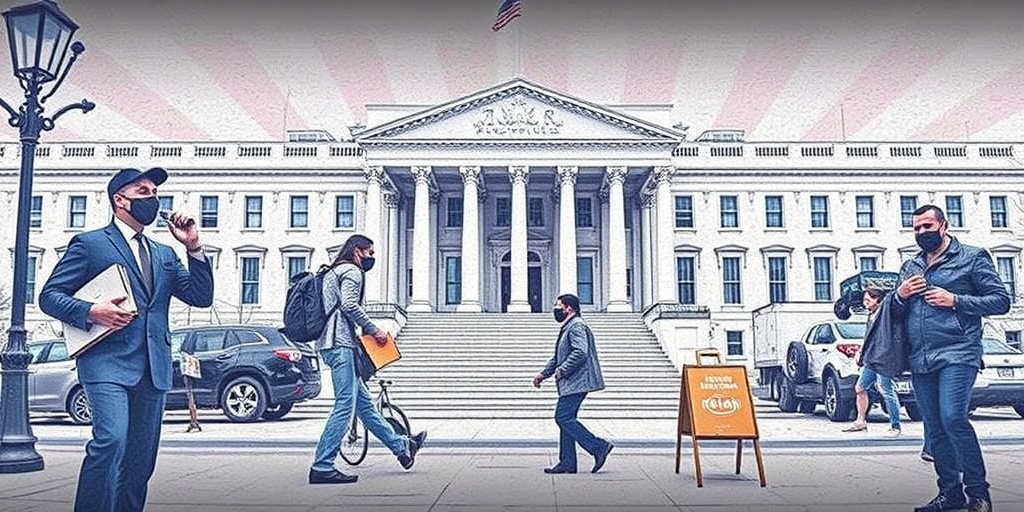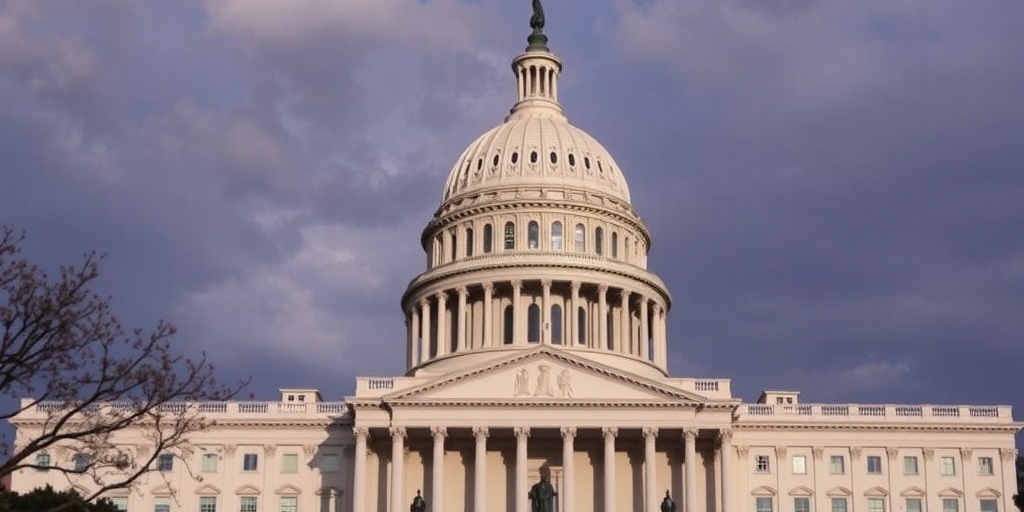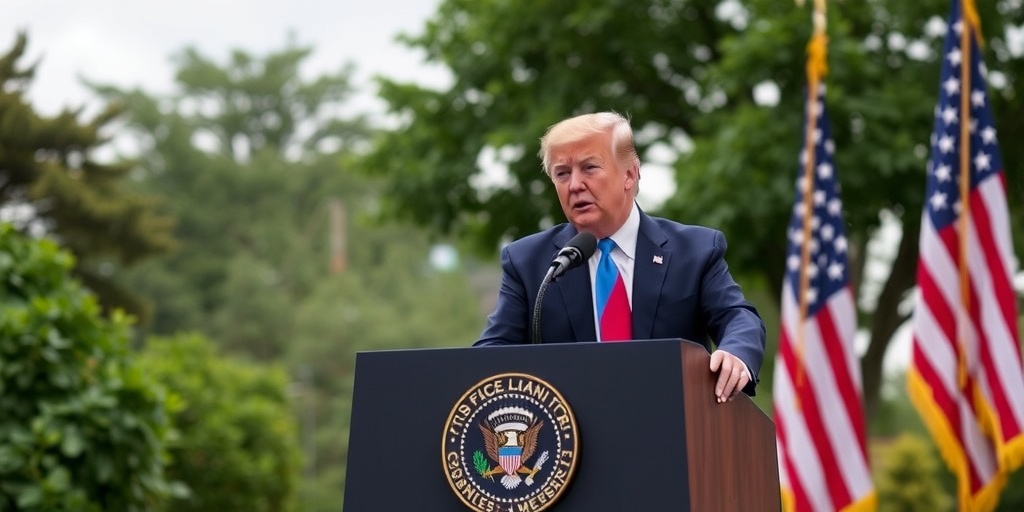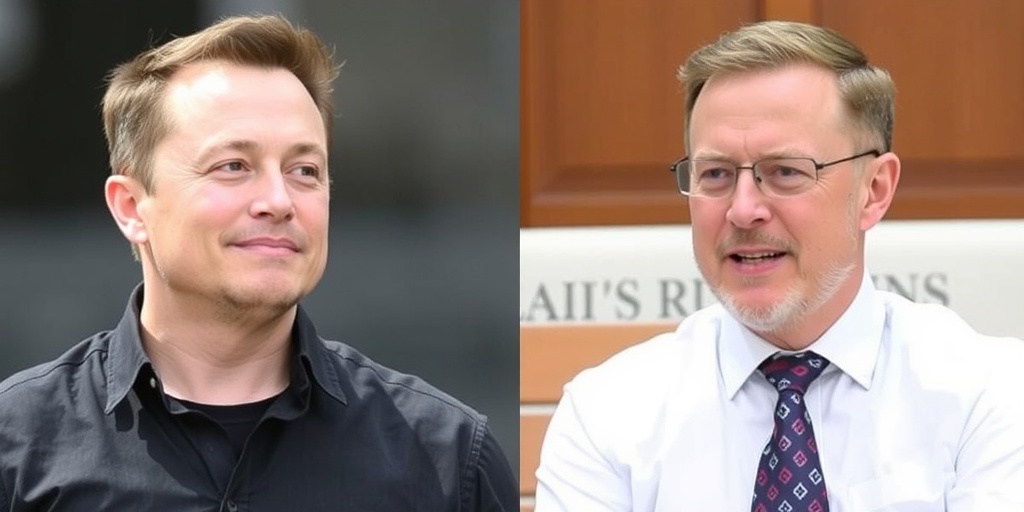Now Reading: Kennedy Gains Momentum as Chronic Disease Tour Concludes
-
01
Kennedy Gains Momentum as Chronic Disease Tour Concludes
Kennedy Gains Momentum as Chronic Disease Tour Concludes
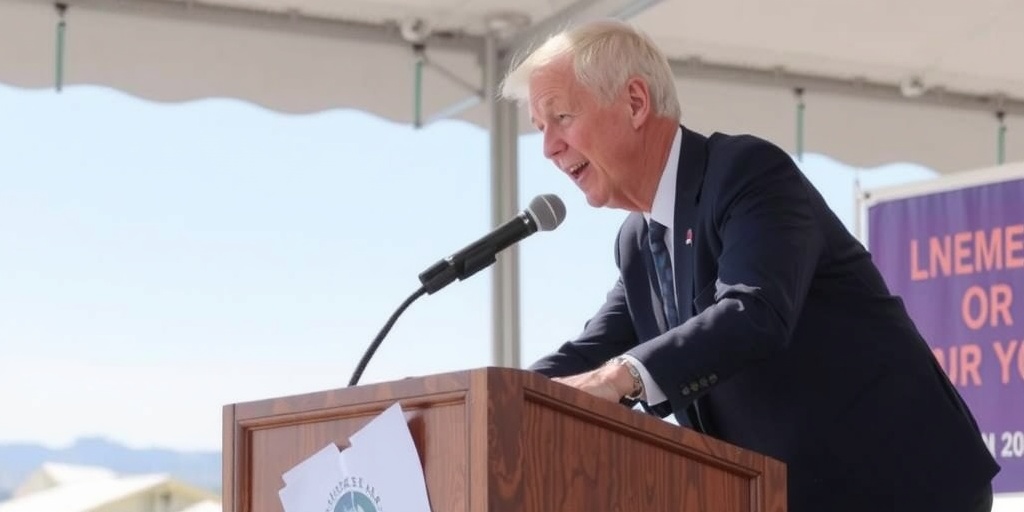
Health Secretary Robert F. Kennedy Jr. Embraces Health Advocacy during Multistate Tour
On a vibrant morning, sunlight streamed through the iconic sandstone arch of Window Rock in northeastern Arizona, providing the perfect backdrop for Health Secretary Robert F. Kennedy Jr. The casual attire of blue jeans and hiking boots suited him well, as he immersed himself in a hike alongside key figures from the Navajo Nation including its president, council delegates, and the acting director of the Indian Health Service. This hike was part of Kennedy’s "Make America Healthy Again" tour, aimed at tackling chronic diseases through initiatives like improved school lunches and holistic health care clinics.
Kennedy’s journey was not without controversy. Departing from Washington, he faced scrutiny regarding his management of a measles outbreak in West Texas, which tragically resulted in the death of two unvaccinated children. One of these unfortunate events compelled him to attend the funeral of an 8-year-old girl on his way to Arizona, highlighting the ongoing public health challenges he faces.
The tour commenced with a more solemn atmosphere in Salt Lake City, where Kennedy appeared reserved—perhaps even anxious—during a visit to a health center focused on nutritious diets. His refusal of a bag of fresh groceries due to a looming flight, alongside an awkward moment in a "training kitchen" where he mishandled an ice cube, highlighted his initial discomfort. However, he eventually managed to lighten up, cracking a smile as he engaged with the staff and students.
As the days progressed, Kennedy’s demeanor transformed. By Tuesday, he sported a playful stegosaurus tie and interacted joyfully with children in a health center near Phoenix, where young learners were being taught to prepare blue corn crepes. His enthusiasm was palpable as he explored a food distribution center, expressing admiration for the healthy food labels he encountered.
His tour also included participation in a 1,300-person tribal conference, during which he inadvertently made a faux pas by attempting to display his knowledge of Wampanoag attire. While speaking from a stage at a glittering casino, he mistakenly referred to the tribe chairwoman’s traditional jewelry as if she were a historical artifact. The reaction was immediate, with the chairwoman gasping at the comment.
Kennedy’s engagement with community and health was further emphasized at a news conference regarding school lunch legislation at the Arizona State Capitol. Surrounded by exuberant school children holding posters with slogans like “Cut the Chemicals” and “Ditch the Dyes,” Kennedy appeared invigorated, basking in the applause and enthusiastic chants of support.
Midweek during a hike, Kennedy showcased a more adventurous side reminiscent of his presidential campaign. He climbed to the top of Window Rock, standing impressively 1,000 feet above the valley floor, a moment that symbolized both his personal journey and his commitment to promoting wellness. His own approach to combating chronic disease includes a natural diet and intermittent fasting, integrated into a morning routine comprised of gym sessions and meditation—practices he regrettably had to pare down since taking office.
Conversations during the trek revolved around the Navajo Nation’s innovative 2 percent tax on junk food, enacted in 2014, which helped remove taxes on fruits and vegetables and incited similar initiatives in neighboring regions. The tour also spotlighted the Navajo Agricultural Products Industry, a program that markets local products to promote community health.
As his tour drew to a close, Kennedy visited Hózhó Academy in Gallup, New Mexico, a K-12 school that emphasizes gardening and cooking events aimed at fostering health awareness among families.
Despite Kennedy’s fervent advocacy for health initiatives, experts point out a notable divergence in his narrative. While he champions personal wellness as a key factor in addressing chronic disease, many epidemiologists highlight a broad range of contributors including genetics and changes within the microbiome. Critics argue that Kennedy tends to overlook these aspects, focusing instead on issues such as childhood vaccination schedules.
His campaign against major food corporations aligns more closely with traditional leftist policies, contrasting sharply with recent staffing cuts at the Food and Drug Administration, which saw a reduction of scientists responsible for ensuring food safety and the dismantling of vital food safety committees. As Kennedy seeks to advance public health, former programs like the long-standing Diabetes Prevention Program have faced elimination under his administration.
On his descent from Window Rock, a delegate from the Navajo Nation approached him, displaying a T-shirt emblazoned with the phrase “SAVE I.H.S. JOBS & DIABETES PROGRAM.” During their conversation, Kennedy assured her that he would advocate for her cause, reinforcing the personal connections he developed throughout his tour.
In conclusion, Robert F. Kennedy Jr.’s multistate tour serves as a microcosm of his approach to health policy—characterized by a commitment to community engagement and a focus on personal wellness—while navigating the challenges posed by public health crises and shifting political landscapes.
Stay Informed With the Latest & Most Important News
Previous Post
Next Post
-
 01New technology breakthrough has everyone talking right now
01New technology breakthrough has everyone talking right now -
 02Unbelievable life hack everyone needs to try today
02Unbelievable life hack everyone needs to try today -
 03Fascinating discovery found buried deep beneath the ocean
03Fascinating discovery found buried deep beneath the ocean -
 04Man invents genius device that solves everyday problems
04Man invents genius device that solves everyday problems -
 05Shocking discovery that changes what we know forever
05Shocking discovery that changes what we know forever -
 06Internet goes wild over celebrity’s unexpected fashion choice
06Internet goes wild over celebrity’s unexpected fashion choice -
 07Rare animal sighting stuns scientists and wildlife lovers
07Rare animal sighting stuns scientists and wildlife lovers













